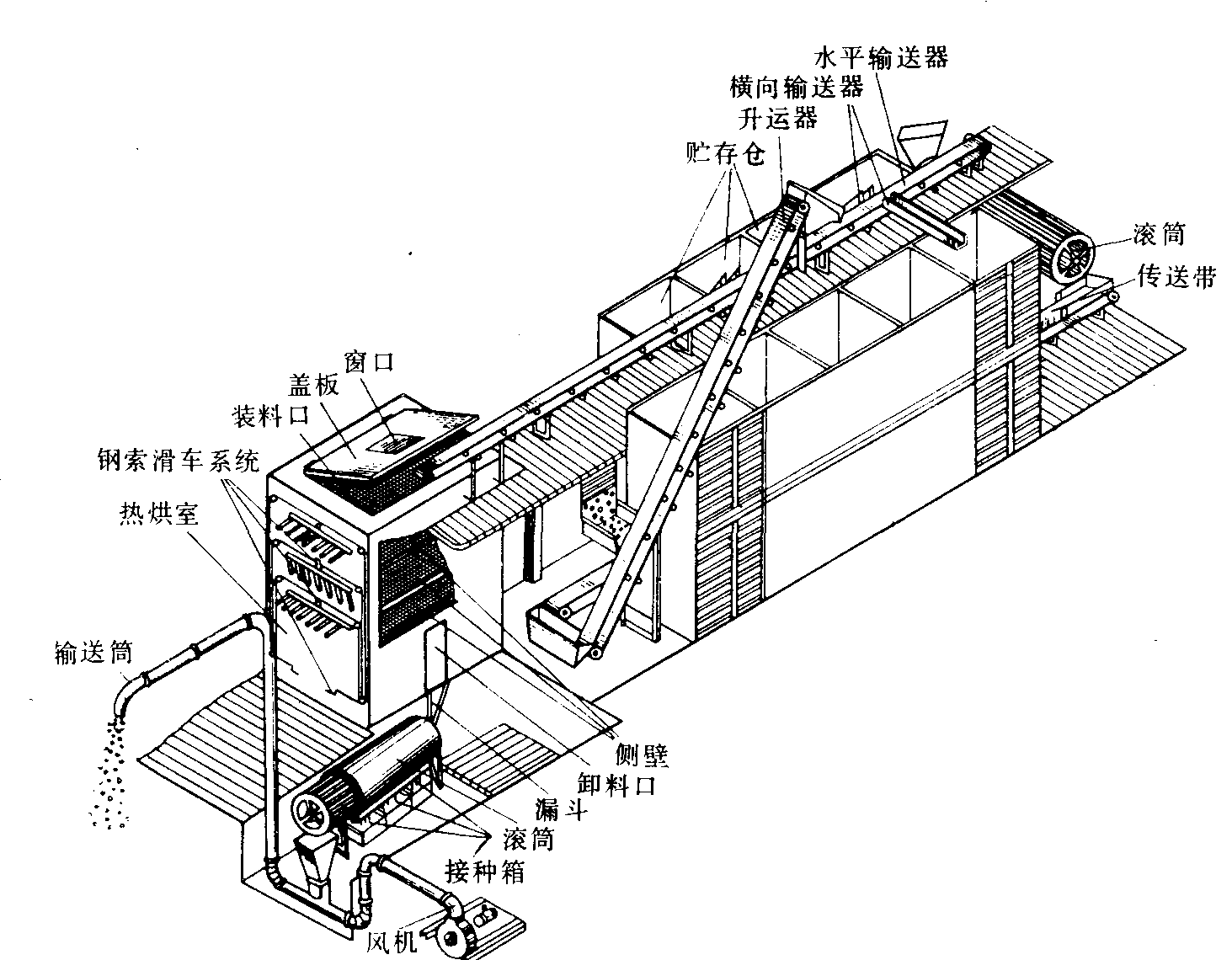when, while与as的使用方法不同
1. 依据从句动作的持续性来区别
如果是“主短从长”型,即主句是一个短暂性的动作,而从句是一个持续性动作,此时三者都可用。如:
As [When, While] she was waiting for the train, she became very impatient. 她在等火车时,变得非常不耐烦。
如果是“主长从长”型,即主句和从句为两个同时进行的动作或存在的状况,且强调主句动作或状况延续到从句所指的整个时间,此时一般要用while。如:
I always listen to the radio while I'm driving. 我一直一边开车一边听收音机。
但,若主句和从句所表示的两个同时进行的动作含有“一边……一边”之意时,则习惯上要用as。如:
He swung his arms as he walked. 他走路时摆动着手臂。
如果是“主长从短”型,即主句是一个持续性动作,而从句是一个短暂性动作,此时可以用as或when,但不可以用while。如:
It was raining hard when [as] we arrived. 大家到达时正下着大雨。
2. 依据主句与从句动作是不是同时发生来区别
若主句与从句表示的是两个同时发生的短暂性动作,含有类似汉语“一……就”的意思,英语一般要用as 。如:
The ice cracked as [when] I stepped onto it. 我一踩冰就裂了。
He jumped to his feet as the boss came in. 老板一进去他立刻站了起来。
若主句与从句表示的是两个几乎同时发生的短暂性动作,含有类似汉语“刚要……就”“正要……却”的意思,英语一般要用as,且此时一般连用副词just。如:
Just as [when] the two men were leaving, a message arrived. 就在这两个人要离开的时候,忽然有了消息。
3. 依据是不是具备随着变化来区别
若要表示主句动作随着从句动作同时进步变化,有类似汉语“伴随”的意思,英语习惯上要用as,而不需要when或while。如:
The room grew colder as the fire burnt down. 伴随炉火渐渐减弱,房间愈加冷。
As time goes by my memory seems to get worse. 伴随时间的流逝,我的记忆力好像愈加差。
若不是引导从句,而是引出一个短语,则用with,不需要as。如:
With winter coming on, it's time to buy warm clothes. 伴随冬季到来,该买暖和衣裳了。
The shadows lengthened with the approach of sunset. 伴随太阳下落,影子也渐渐伸长。
4. 依据从句动作的规律性来区别
若暗示一种规律性,表示“每当……的时候”,英语一般要用when。如:
He smiles when you praise him. 你夸奖他时他一直笑笑。
5. 依据主从句动作的先后顺序来区别
若主句与从句所表示的动作不是同时发生,而是有先后顺序时,一般要用when。如:
When he arrives he'll tell us all about the match. 等他到了,他会好好给大家讲讲那场比赛的状况。
When she had finished she waited as though for a reply. 她讲完之后等了等,仿佛是在等候回答似的。
across, along, through有什么区别
1. across 而后者则表示从某个空间“穿过”,涉及“体”的定义。如:
He walked across the road carefully. 他小心地走过马路。
He walked through the forest alone. 他一个人一人走过森林。
有时 across 表示“横过”也可在“体”内进行,但此时它仍与through 有差别:前者表示从某个“体”的一端到另一端,而后者表示穿过两端。如:
He walked across the hall. 他从大厅的一端走到另一端。
He walked through the hall. 他穿过大厅。
2. along
表示“沿着”,一般用于狭长的东西。如:
I saw him running along the road. 我看见他沿着这条路跑。
We walked along the river. 大家沿河散步。
3. 注意以下习惯使用方法:
与抽象名词连用,表示“通过”,一般只用 through。如:
He became richer through hard work. 他勤奋致富。
在美国口语中,可用 from ... through 表示“从……到”。如:
We work from Monday through Saturday. 大家从星期一到星期六工作。
pleasant,pleasing,pleased辨析
1. pleasant
主要有两方面使用方法:一是用来讲明事物,表示“让人愉快的”或“舒适的”等;二是用来讲明人,表示“友好的”、“讨人喜欢的”等。如:
The weather was cold, but the trip was pleasant. 虽然天气非常冷,但旅途还是非常愉快。
It was a pleasant surprise to see her again. 第三见到她真是又惊又喜。
Make an effort to be pleasant at the party. 在晚会上要尽力友善待人。
2. pleasing 和pleasant
pleasing 的使用方法与 pleasant 比较接近,有时可换用。如:
It's pleasant [pleasing] to the ear. 这非常悦耳。
She is not very beautiful but very pleasant [pleasing]. 她不非常漂亮,但非常讨人喜欢。
两者的细微不同是:在说明事物时,pleasant 多指让人愉快的内在的、本质的东西,而 pleasing 多指外在的、表面的东西;说明人时,两者都可表示“讨人喜欢的”,但 pleasant 多指某人因有使人愉快的外表或热情的风韵等而具备自然吸引力,相比之下 pleasing 则暗示有意识地去讨好其他人或取悦其他人。
3. pleased
主要用来讲明人,表示“感到开心或认可”。如:
The children were very pleased. 孩子们非常高兴。
I'm very pleased at [about, with] your success. 我对你的成功感到认可。
We're very pleased that you've decided to go with us. 你决定同大家一块去大家非常高兴。
比较:
a pleasant expression 让人愉快的表情
a pleased expression 认可的表情







